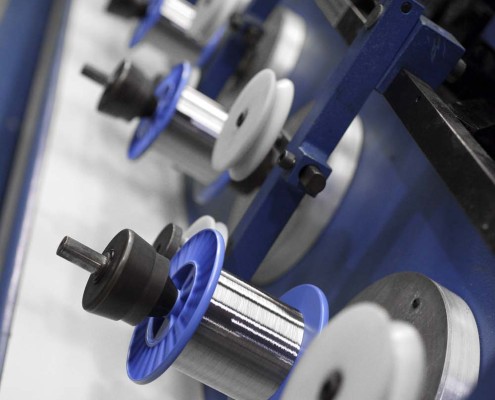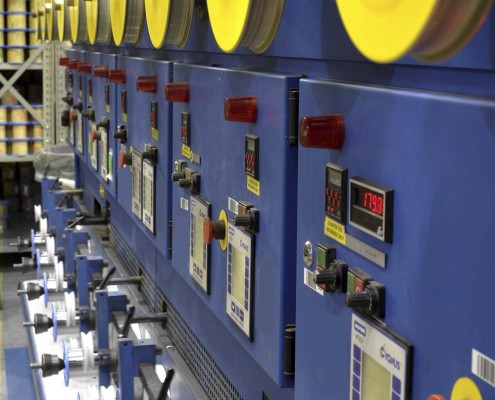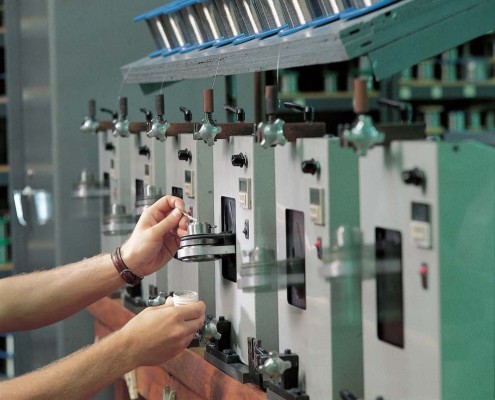Wire Processes
Wire Annealing
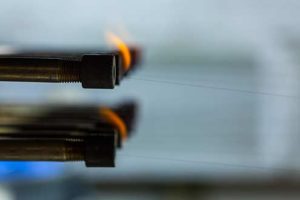 Annealing restores the elasticity to overworked hardened metals by the application of heat. Wire is annealed for further redrawing or to meet customer specifications. This process also cleans the wire by burning off any lubricant left from the drawing process. Your wire may be annealed in one of two ways – Batch Annealing or Strand Annealing.
Annealing restores the elasticity to overworked hardened metals by the application of heat. Wire is annealed for further redrawing or to meet customer specifications. This process also cleans the wire by burning off any lubricant left from the drawing process. Your wire may be annealed in one of two ways – Batch Annealing or Strand Annealing.
In the first method, Batch Annealing, the wire is placed in large furnaces. A shield is placed over the wire and the air is replaced with hydrogen to form an atmosphere which will prevent the wire from burning or changing colors. Then an electric heat jacket is placed over the shield and a precise amount of required heating is administered for the proper length of time to clean and soften the metal. The temperature and time is controlled by electronic instruments, and the maximum temperature in the batch anneal is degrees Fahrenheit.
The second method uses a Strand Annealing Furnace, in which the wire is pulled through tubes filled with hydrogen. These tubes are surrounded by electric heat. The heat in this second method may reach temperatures up to 2,300 degrees Fahrenheit. From the heated tubes, the wire travels through a second set of tubes, which are immersed in water to cool the wire. The temper or softness is determined in this operation by the heat inside the furnace and the speed at which the wire is pulled through the tubes. The wire is taken up on spools or in pay pack barrels as it exits the strand annealing furnace.
Drawing Wire
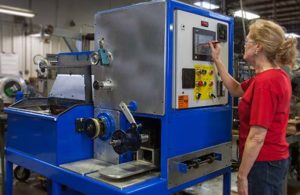 Drawing is the process by which the wire is stretched and shaped. Wire is threaded through a diamond die and then wrapped around a capstan (a vertical cylinder) in the drawing machine. This capstan turns and stretches the wire with its pull. The capstan is designed to take up the 12 to 20 percent increase in footage after the wire passes through the die. The drawing machine may contain from one to 21 dies depending upon the finished diameter of the wire and its hardness. Each subsequent die is followed by a capstan of greater size than the previous capstan. The final or finish die is the last in the sequence, so called because it produces the finished size of the wire. The friction and heat created by the passage of the wire through the die will eventually wear or break the diamond, so these wires and dies are submerged in a lubricant (oil or soap) or the lubricant is sprayed on the wire and die to reduce the damage or wear.
Drawing is the process by which the wire is stretched and shaped. Wire is threaded through a diamond die and then wrapped around a capstan (a vertical cylinder) in the drawing machine. This capstan turns and stretches the wire with its pull. The capstan is designed to take up the 12 to 20 percent increase in footage after the wire passes through the die. The drawing machine may contain from one to 21 dies depending upon the finished diameter of the wire and its hardness. Each subsequent die is followed by a capstan of greater size than the previous capstan. The final or finish die is the last in the sequence, so called because it produces the finished size of the wire. The friction and heat created by the passage of the wire through the die will eventually wear or break the diamond, so these wires and dies are submerged in a lubricant (oil or soap) or the lubricant is sprayed on the wire and die to reduce the damage or wear.
The wire has to meet exacting tolerances, so each batch is tested for consistency in diameter and any diamond die found to produce less than acceptable conformity is sent to the die shop for reworking. In order to reach the desired size, some wire may have to pass through several dies. If it becomes hard or brittle, it has to be annealed in order to restore its elasticity. This will vary depending upon the material of the wire. For example, cobalt can only be drawn through a few dies before it becomes very hard whereas copper, silver and nickel can go through several.
Spooling Wire
 The wire is taken up into coils, spools or pay pack barrels (bulk orders). For those applications which require special spooling, i.e. ultra fine wire, or batch annealed wire (which cannot be heated on spools), we have re-spooling machines, which can precisely wind the wire for perfect feeding.
The wire is taken up into coils, spools or pay pack barrels (bulk orders). For those applications which require special spooling, i.e. ultra fine wire, or batch annealed wire (which cannot be heated on spools), we have re-spooling machines, which can precisely wind the wire for perfect feeding.
Our Testing
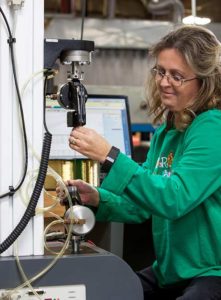 Our test equipment can verify the chemical composition of the wire (metal monitor), surface quality, roundness, tensile properties (Instron) and the weight required to stretch versus the breaking weight of the wire. The breaking weight will vary from a few pounds to several thousand pounds depending on the size and composition of the wire. The size can be verified to the millionth of an inch by hand, bench, or laser micrometers. The straightness of the wire and the weight required to bend the wire to a determined degree can also be verified to meet exacting requirements.
Our test equipment can verify the chemical composition of the wire (metal monitor), surface quality, roundness, tensile properties (Instron) and the weight required to stretch versus the breaking weight of the wire. The breaking weight will vary from a few pounds to several thousand pounds depending on the size and composition of the wire. The size can be verified to the millionth of an inch by hand, bench, or laser micrometers. The straightness of the wire and the weight required to bend the wire to a determined degree can also be verified to meet exacting requirements.
Inspection Procedures
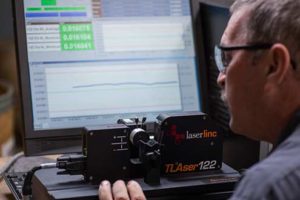 All wire goes through our final inspection for correct diameter, spooling, labeling, and all other customer specifications. All spools are then shrink-wrapped for protection.
All wire goes through our final inspection for correct diameter, spooling, labeling, and all other customer specifications. All spools are then shrink-wrapped for protection.
Our rigorous quality control checks allow us to qualify for AS 9100 and ISO 9001 Certification.
Die Shop
The Diamond Die Repair Shop at Ken-tron repairs wire dies as they are worn due to the heat and friction of wire drawing. Diamond dies have very complicated angles required to allow entry of the wire and reduction of the width of the wire. They must have the proper degree of angle and length of surface for the material of the wire to expand in length. The shop uses diamond powder and wire as the shaping tools in their equipment to repair the angles and restore the die to a consistent and usable size.

